Home>Articles>A Complete Guide To Combination Switches And Receptacles
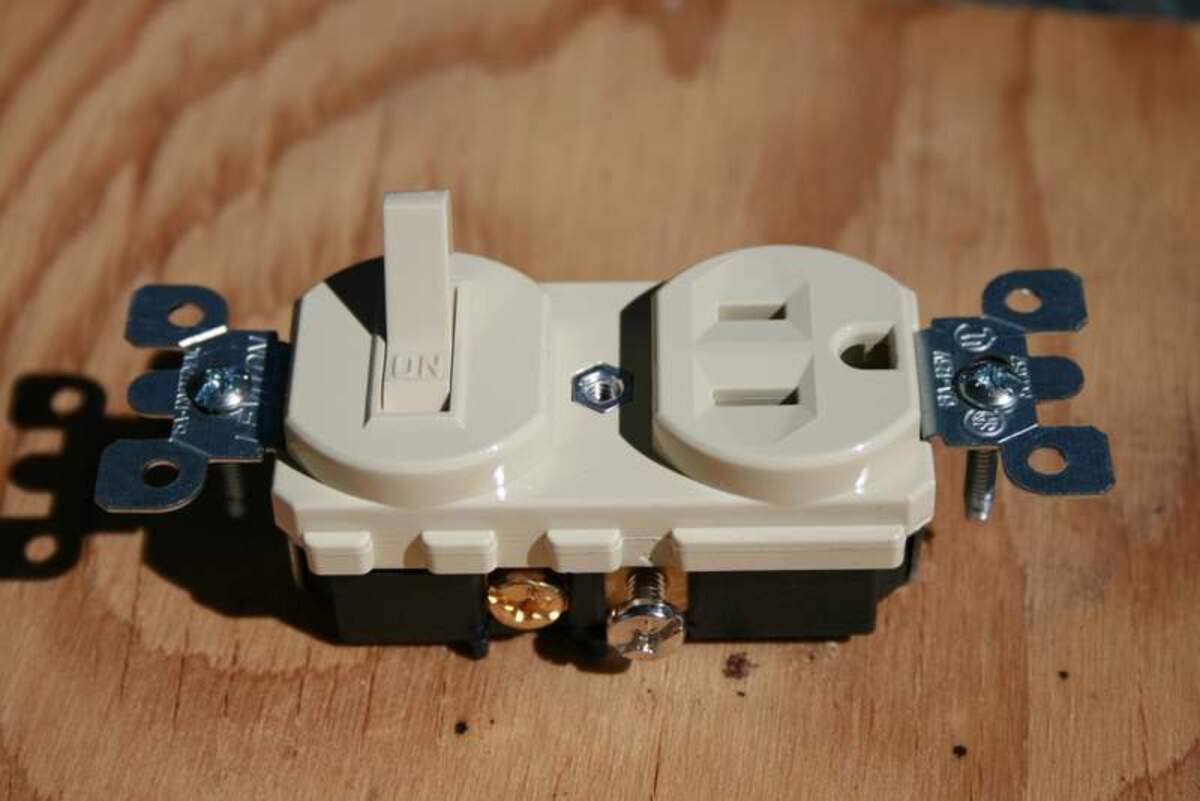

Articles
A Complete Guide To Combination Switches And Receptacles
Modified: March 1, 2024
Discover the ultimate guide to combination switches and receptacles. Read our informative articles for expert tips and advice on installation, wiring, and troubleshooting.
(Many of the links in this article redirect to a specific reviewed product. Your purchase of these products through affiliate links helps to generate commission for Storables.com, at no extra cost. Learn more)
Introduction
Welcome to the complete guide to combination switches and receptacles! If you’re looking to update the electrical switches in your home or install new ones, combination switches and receptacles are versatile options to consider. These devices not only provide the functionality of a switch to control your lights or appliances but also offer an additional power outlet for added convenience.
In this comprehensive guide, we will take a closer look at combination switches and receptacles, understand how electrical wiring works, explore different types of combination switches and receptacles, and guide you through the installation process. We will also cover troubleshooting common issues and highlight essential safety precautions to ensure a smooth and safe installation.
Combination switches, also known as combination switches and receptacles or simply combo switches, are devices that combine a switch and a receptacle together in a single unit. They are designed to save space and provide functionality in areas where there may be limited room for separate switches and outlets.
These switches and receptacles can be used to control lighting fixtures or electrical appliances, making them a convenient option for areas such as kitchens, bathrooms, bedrooms, and living rooms. With a combination switch, you can easily turn on and off your lights while having an additional power outlet available for devices like chargers, hairdryers, or even small kitchen appliances.
Now that you have a basic understanding of what combination switches and receptacles are, let’s dive into the world of electrical wiring to gain a better understanding of how they function.
Wiring is an essential aspect of any electrical installation. It refers to the process of connecting electrical components together to create a functional circuit. Understanding how wiring works is crucial for installing combination switches and receptacles properly.
There are generally two types of wiring: line voltage and low voltage. Line voltage wiring is used for traditional power outlets and appliances, operating at standard household voltage, usually 120 volts in North America. Low voltage wiring, on the other hand, is commonly used for low-power devices such as doorbells, thermostats, or security systems.
In the next section, we will explore the different types of combination switches and receptacles available in the market, including their features and applications. So, let’s move on and discover the options that best suit your needs!
Key Takeaways:
- Combination switches and receptacles offer a space-saving and convenient solution for controlling lighting fixtures and providing additional power outlets. Understanding the different types and proper installation is crucial for a successful and safe electrical upgrade.
- Prioritizing safety, adhering to local electrical codes, and consulting a professional electrician when needed are essential for a successful installation. Troubleshooting common issues and following proper wiring techniques ensure the functionality and convenience of combination switches and receptacles.
What are Combination Switches and Receptacles?
Combination switches and receptacles, also known as combo switches or switch outlets, are electrical devices that combine a switch and a power outlet in a single unit. They offer a convenient and space-saving solution for controlling lighting fixtures while providing an additional power source for small electrical appliances or charging devices.
These versatile devices are commonly used in residential and commercial settings and can be found in areas such as kitchens, bathrooms, bedrooms, and living rooms. They allow you to easily turn lights on or off with the switch while offering the convenience of a power outlet for plugging in various electronic devices. This eliminates the need for separate switch boxes and outlets, making them a convenient choice for rooms with limited wall space.
Combination switches and receptacles come in different configurations to accommodate various electrical needs. Some common types include:
- Single Pole: This type of combination switch controls a single lighting fixture or appliance from one location. It has a toggle switch for controlling the lights and a power outlet for plugging in electronic devices.
- Double Pole: A double pole combination switch functions similarly to the single pole switch but can control two separate circuits or appliances. It has two toggle switches and two power outlets.
- Three-way: Three-way combination switches are used in scenarios where a light or appliance can be controlled from multiple locations. They have two toggle switches and one power outlet.
- Four-way: Four-way combination switches are designed for situations where a light or appliance can be controlled from three or more locations. They have three toggle switches and one power outlet.
Combination switches and receptacles are available in a variety of styles and finishes to match your existing decor. Whether you prefer traditional toggle switches, sleek rocker switches, or dimmer switches, you can find a combination switch that suits your aesthetic preferences.
When selecting a combination switch and receptacle, it’s important to consider the electrical load it can handle. All electrical devices, including switches and outlets, have a maximum amperage rating. This rating represents the maximum amount of current the device can safely handle without overheating. It’s crucial to choose a combination switch and receptacle that can handle the electrical load of the connected devices to ensure safe operation.
Now that you have a better understanding of what combination switches and receptacles are, let’s move on to the next section to explore how electrical wiring works and its connection to these devices.
Understanding Electrical Wiring
Before diving into the installation process of combination switches and receptacles, it’s essential to have a basic understanding of electrical wiring. Electrical wiring refers to the system of cables, conductors, and devices that allow electricity to flow and power various fixtures and appliances in a building.
Electrical wiring operates on the principle of a circuit, which is a closed loop through which current can flow. A circuit typically consists of a power source, such as a breaker panel or fuse box, conductors (wires) that carry the current, and devices such as switches, outlets, and light fixtures that control and utilize the electricity.
Here are some key concepts to help you understand electrical wiring:
- Hot Wire: Also known as the “line” or “live” wire, the hot wire carries the current from the power source to the device or fixture. It is usually colored black, red, or another color designated for hot wires.
- Neutral Wire: The neutral wire completes the circuit, allowing the current to return to the power source. It is typically colored white or gray.
- Ground Wire: The ground wire provides a safe path for electrical faults or excess current to be directed away from the device or fixture. It is typically bare copper or green in color.
- Wire Gauge: Wire gauge refers to the thickness or size of the wires. Thicker wires have a lower gauge number and can carry higher currents, while thinner wires have a higher gauge number and are suitable for lower current applications.
- Switch Leg: The switch leg refers to the electrical wiring that goes from the switch to the light fixture or electrical device. It allows the switch to control the flow of current to the fixture.
It’s important to note that electrical wiring must be done following local electrical codes and regulations to ensure safety. Improper wiring can result in electrical shocks, fires, or damage to devices and appliances.
When working with electrical wiring, always turn off the power to the circuit you are working on at the breaker panel or fuse box. Use a voltage tester to verify that the power is off before proceeding with any work. It’s also recommended to consult a qualified electrician if you are unsure about any aspect of electrical wiring.
Now that you have a basic understanding of electrical wiring, it’s time to explore the different types of combination switches and receptacles available in the market. Let’s move on to the next section to discover the options that best suit your needs!
Types of Combination Switches and Receptacles
Combination switches and receptacles come in various types and configurations, each designed to suit specific electrical needs and applications. Understanding the different types available will help you select the right combination switch and receptacle for your project. Let’s explore some common types:
- Single Pole Combination Switch and Receptacle: This type of combination switch is the most basic and commonly used. It consists of a single-pole switch and a power outlet. The switch controls the connected light fixture or appliance, while the receptacle provides an additional power source. This type is suitable for controlling a single lighting fixture or appliance from one location.
- Double Pole Combination Switch and Receptacle: A double-pole combination switch functions similarly to the single pole switch but can control two separate circuits or appliances. It has two toggle switches and two power outlets. This type is ideal for applications where you need to control multiple lighting fixtures or appliances from one unit.
- Three-Way Combination Switch and Receptacle: Three-way combination switches are used in situations where a light or appliance can be controlled from multiple locations. They feature two toggle switches and one power outlet. The two switches work together to control the connected device. This type is commonly used in hallways, stairways, or large rooms where multiple switches are required.
- Four-Way Combination Switch and Receptacle: Four-way combination switches are designed for scenarios where a light or appliance can be controlled from three or more locations. They feature three toggle switches and one power outlet. The switches work in conjunction with each other, allowing you to control the connected device from various points. This type is commonly used in large rooms with multiple entryways or in combination with three-way switches.
- Dimmer Combination Switch and Receptacle: Dimmer combination switches are equipped with a built-in dimming function, allowing you to adjust the brightness of connected lighting fixtures. They are available in single pole, double pole, and three-way configurations, providing flexibility for different lighting setups. Dimmer switches are ideal for creating ambiance or adjusting lighting levels to suit specific tasks or moods.
Combination switches and receptacles also come in a variety of styles and finishes to match your interior design preferences. Whether you prefer traditional toggles, sleek rockers, or modern styles, you can find a combination switch and receptacle that complements your decor.
Before purchasing a combination switch and receptacle, consider the electrical load it can handle. Check the device’s amp rating to ensure it can safely support the connected appliances or lighting fixtures. Choosing a switch and receptacle with an appropriate amp rating is crucial for preventing overheating and electrical hazards.
Now that you know the different types of combination switches and receptacles available, let’s move on to the installation process so you can start enjoying the convenience and functionality they offer!
Installation Process
Installing combination switches and receptacles requires a basic understanding of electrical wiring and adherence to safety precautions. If you are not comfortable with electrical work, it is recommended to hire a qualified electrician. However, if you’re confident in your abilities and want to tackle the installation yourself, follow these general steps:
- Before beginning any work, ensure that the power to the circuit you will be working on is turned off at the breaker panel or fuse box. Use a voltage tester to double-check that there is no electrical current running through the wires.
- Remove the existing switch or outlet by unscrewing the mounting screws and gently pulling the device out of the electrical box.
- Disconnect the wires from the old switch or outlet. Take note of their configurations or use a camera to capture a clear image of the wiring setup for reference during installation.
- If necessary, prepare the electrical box by removing any protruding wires and straightening them to ensure a clean, organized installation.
- Connect the wires to the combination switch and receptacle. This process may vary depending on the specific type and brand of the device, so refer to the manufacturer’s instructions for precise wiring instructions.
- Make sure to connect the hot wires (typically black) to the brass or gold-colored screws, the neutral wires (typically white) to the silver-colored screws, and the ground wires (typically bare copper or green) to the green grounding screw.
- Once the wires are securely connected, carefully insert the combination switch and receptacle into the electrical box, taking care not to pinch or damage any wires.
- Secure the device to the electrical box using the provided mounting screws, ensuring it is flush against the wall and firmly in place.
- Install the switch plate cover over the combination switch and receptacle, screwing it securely into place.
- Finally, turn on the power at the breaker panel or fuse box and test the switch and receptacle to ensure they are functioning correctly. Plug in a device or turn on a light connected to the receptacle, and use the switch to control its power.
It is important to note that these steps are a general guideline and may vary depending on the specific combination switch and receptacle you are installing. Always follow the manufacturer’s instructions and consult local electrical codes and regulations.
Remember, safety should always be a top priority when working with electricity. If you have any doubts or concerns, consult a licensed electrician for assistance with the installation.
Now that you have successfully installed your combination switch and receptacle, you can enjoy the convenience and functionality it offers. However, in case you encounter any issues, we’ll cover common troubleshooting tips in the next section.
When installing a combination switch and receptacle, make sure to turn off the power at the circuit breaker before beginning any work to ensure safety.
Read more: How To Install A 240-Volt Receptacle
Wiring a Combination Switch and Receptacle
Wiring a combination switch and receptacle involves connecting the electrical wires to the appropriate terminals on the device. It is crucial to follow proper wiring techniques and adhere to safety precautions to ensure a safe and functional installation. Before proceeding, make sure the power to the circuit is turned off at the breaker panel or fuse box. Here are the general steps for wiring a combination switch and receptacle:
- Remove the existing switch or receptacle by unscrewing the mounting screws and gently pulling it out of the electrical box.
- Take a picture or make note of the existing wiring configuration for future reference.
- Disconnect the wires from the old switch or receptacle, taking care not to damage the wires or insulation.
- Prepare the electrical box by removing any protruding wires and straightening them to facilitate easy wiring.
- Identify the hot wire, usually black, that supplies power to the circuit. Connect this wire to the brass or gold-colored screw terminal labeled “Line” on the combination switch and receptacle.
- Connect the neutral wire, usually white, to the silver-colored screw terminal labeled “Neutral” on the device.
- If applicable, connect the ground wire, typically bare copper or green, to the green grounding screw terminal on the combination switch and receptacle.
- For additional switches on the same circuit, connect the wires from the switch legs to the appropriate screw terminals on the combination switch portion. These terminals are typically labeled “Switched” or have on/off symbols.
- For the receptacle portion, connect the hot wire, usually black, to the brass or gold-colored screw terminal labeled “Hot” or “+”.
- Connect the neutral wire, usually white, to the silver-colored screw terminal labeled “Neutral” or “-“.
- Connect the ground wire, typically bare copper or green, to the green grounding screw terminal on the receptacle.
- Carefully tuck the connected wires back into the electrical box, ensuring there is enough space for the combination switch and receptacle.
- Secure the device to the electrical box using the provided mounting screws, ensuring it is flush against the wall and tightly secured.
- Install the switch plate cover over the combination switch and receptacle, securing it in place with screws.
- Once the wiring is complete, turn on the power at the breaker panel or fuse box and test the switch and receptacle to ensure proper functionality.
Always refer to the manufacturer’s instructions and consult local electrical codes and regulations before performing any wiring work. If you are unsure about any aspect of the wiring process or encounter any issues, it is recommended to seek the assistance of a licensed electrician.
Remember to prioritize safety throughout the installation process. Turn off the power to the circuit, double-check with a voltage tester, and handle the wires carefully to prevent electrical shocks or other accidents.
Now that you have successfully wired your combination switch and receptacle, you can enjoy the convenience of controlling lighting fixtures and having an additional power outlet in one unit. However, if you encounter any problems or issues, refer to the troubleshooting section for guidance.
Troubleshooting Common Issues
While installing combination switches and receptacles is relatively straightforward, you may encounter some common issues during the process. Troubleshooting these problems can help ensure a successful and functional installation. Here are a few common issues and potential solutions:
- No Power: If the switch and receptacle are not receiving any power, double-check that the circuit breaker or fuse is not tripped. Reset the breaker or replace the fuse if necessary. If power is still not restored, there may be a wiring issue or a problem with the electrical supply. Consult a licensed electrician for further inspection.
- Inconsistent Power: If the power to the switch and receptacle is intermittent or flickering, it could be due to a loose connection. Ensure all wires are securely connected to their respective terminals. If the issue persists, there may be a faulty switch or receptacle. Consider replacing the device.
- Outlet Not Working: If the power outlet connected to the combination switch does not work while the switch functions properly, check the wiring of the receptacle. Ensure the hot, neutral, and ground wires are connected correctly. If the wiring is correct, the receptacle itself may be faulty and need to be replaced.
- Switch Not Controlling Light: If the switch portion of the combination switch and receptacle is not controlling the connected light fixture, verify that the switch leg wires are properly connected to the switch terminals. Ensure the wires are tightly secured and in the correct terminals. If the issue continues, there may be an issue with the switch itself or the wiring leading to the light fixture.
- Tripped Circuit Breaker: If the combination switch and receptacle are constantly tripping the circuit breaker, it could indicate an overload. Check the electrical load being connected to the device and make sure it does not exceed its amp rating. Consider redistributing the load or installing a higher-rated combination switch and receptacle if necessary.
It’s essential to approach troubleshooting with caution and prioritize safety. Always turn off the power before inspecting or taking any corrective measures. If you’re unsure about any aspect of troubleshooting or feel uncomfortable working with electricity, it’s best to consult a qualified electrician.
Remember to refer to the manufacturer’s instructions and local electrical codes when performing troubleshooting steps. These guidelines are general suggestions, and the specific requirements for your combination switch and receptacle may vary.
By addressing and resolving common issues, you can ensure that your combination switch and receptacle function properly, providing the convenience and functionality you expect.
Now that you’re equipped with troubleshooting knowledge, let’s move on to discussing essential safety precautions to follow during the installation process and while using combination switches and receptacles.
Safety Precautions
When working with electricity and installing combination switches and receptacles, it is crucial to prioritize safety to prevent accidents, hazards, and electrical injuries. Here are some essential safety precautions to follow:
- Turn off the Power: Always turn off the power to the circuit you will be working on at the breaker panel or fuse box. Use a voltage tester to double-check that there is no electrical current running through the wires before proceeding with any work.
- Use Proper Tools and Equipment: Use insulated tools specifically designed for electrical work to reduce the risk of shocks. Inspect your tools for any damage before use, and replace them if necessary.
- Wear Personal Protective Equipment (PPE): Wear safety glasses or goggles to protect your eyes from potential debris and sparks. Additionally, wear insulated gloves to protect your hands when working with live wires.
- Familiarize Yourself with Local Codes and Regulations: Become familiar with local electrical codes and regulations to ensure compliance and safety. Adhering to these guidelines will help you install combination switches and receptacles correctly.
- Properly Insulate and Secure Wires: Ensure that all wires are properly insulated and securely connected to the appropriate terminals. This helps prevent electrical shocks or short circuits caused by loose connections or exposed wires.
- Do Not Overload the Circuit: Make sure to distribute the electrical load evenly across circuits to prevent overloading. Avoid connecting devices or fixtures that exceed the amp rating of the combination switch and receptacle.
- Avoid Working in Wet or Damp Areas: Wet or damp conditions can increase the risk of electrical shock. Avoid working in these areas unless the power has been completely turned off and the environment has been made safe.
- Secure Electrical Boxes: Ensure that electrical boxes are securely fastened to the wall and that there are no exposed wires or loose connections inside. Loose electrical boxes or wiring can pose a safety risk.
- Consult a Qualified Electrician: If you have any doubts about your abilities or encounter complex electrical issues, it is best to consult a qualified electrician for assistance. They have the necessary expertise to ensure a safe and successful installation.
Remember, electrical work can be dangerous, and it’s better to err on the side of caution. If you are uncomfortable or unsure about any aspect of the installation process, it is highly recommended to seek professional help from a licensed electrician.
By following these safety precautions, you can minimize the risk of accidents and ensure a safe installation of your combination switches and receptacles.
Now that you’re well-informed about safety precautions, let’s conclude our comprehensive guide to combination switches and receptacles.
Conclusion
In conclusion, combination switches and receptacles are versatile electrical devices that offer convenience and functionality in one unit. They allow you to control lighting fixtures or appliances while providing an additional power outlet for various electronic devices. Understanding electrical wiring, types of switches and receptacles, and the installation process is essential for a successful and safe installation.
We explored the different types of combination switches and receptacles available, including single pole, double pole, three-way, and four-way configurations. Each type caters to specific electrical needs and applications. Additionally, dimmer switches provide the added benefit of adjusting the brightness of connected lighting fixtures.
Proper installation involves following wiring techniques, adhering to safety precautions, and consulting local electrical codes. Ensuring proper connections and distributing the electrical load evenly across circuits is crucial for proper operation and safety.
If you encounter any issues during installation, troubleshooting common problems can help identify and resolve them. However, it is advised to consult a qualified electrician if you are unsure or uncomfortable with electrical work.
Lastly, safety should always be a top priority. Turning off the power, wearing personal protective equipment, and following local codes and regulations are essential to prevent accidents and ensure a safe installation. Consulting a professional electrician when needed is always a wise decision.
We hope this comprehensive guide has provided you with valuable insights into combination switches and receptacles. With the knowledge gained, you can confidently install and enjoy the convenience and functionality they offer. Remember, your safety and the safety of others should always be paramount. Happy and safe electrical installations!
Frequently Asked Questions about A Complete Guide To Combination Switches And Receptacles
Was this page helpful?
At Storables.com, we guarantee accurate and reliable information. Our content, validated by Expert Board Contributors, is crafted following stringent Editorial Policies. We're committed to providing you with well-researched, expert-backed insights for all your informational needs.
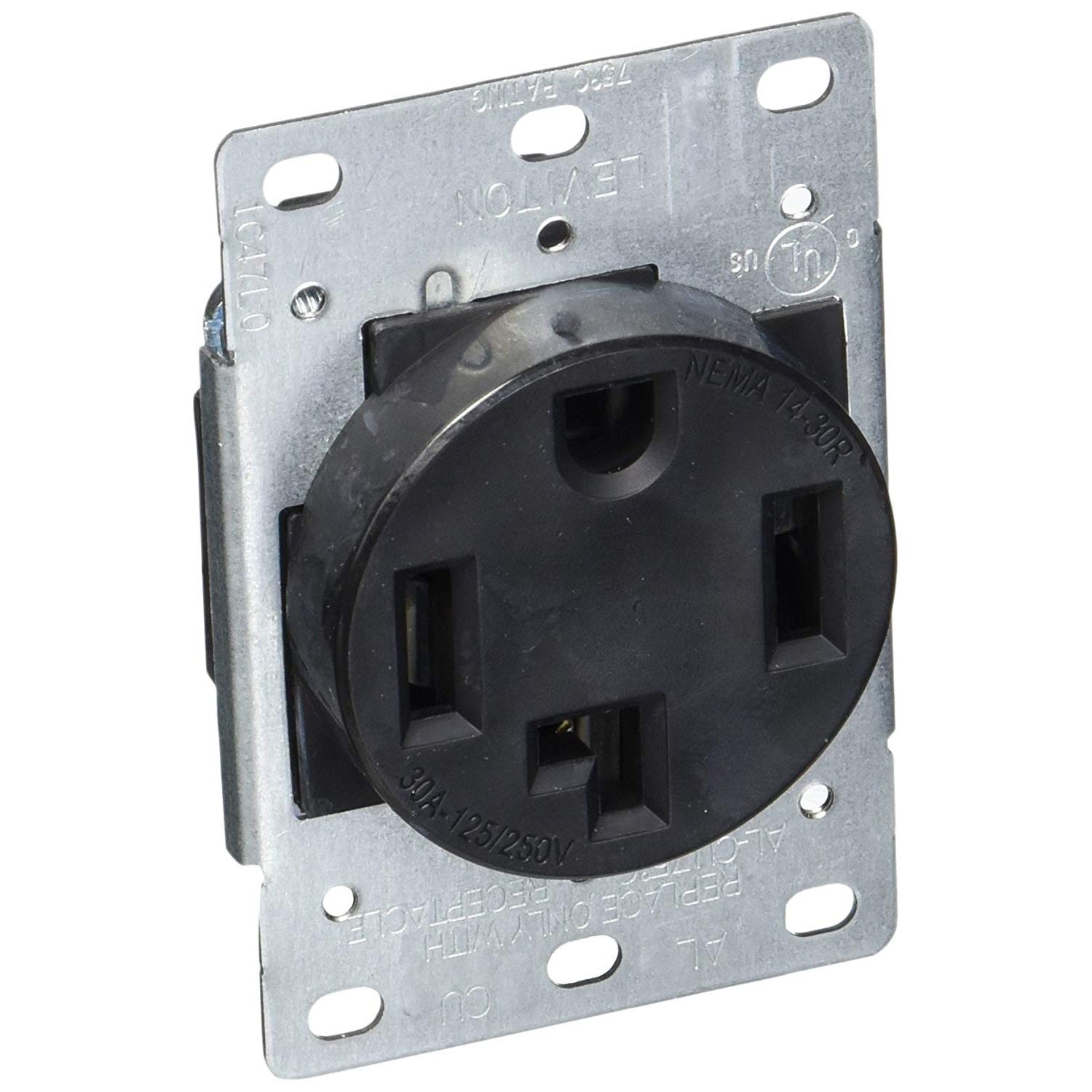
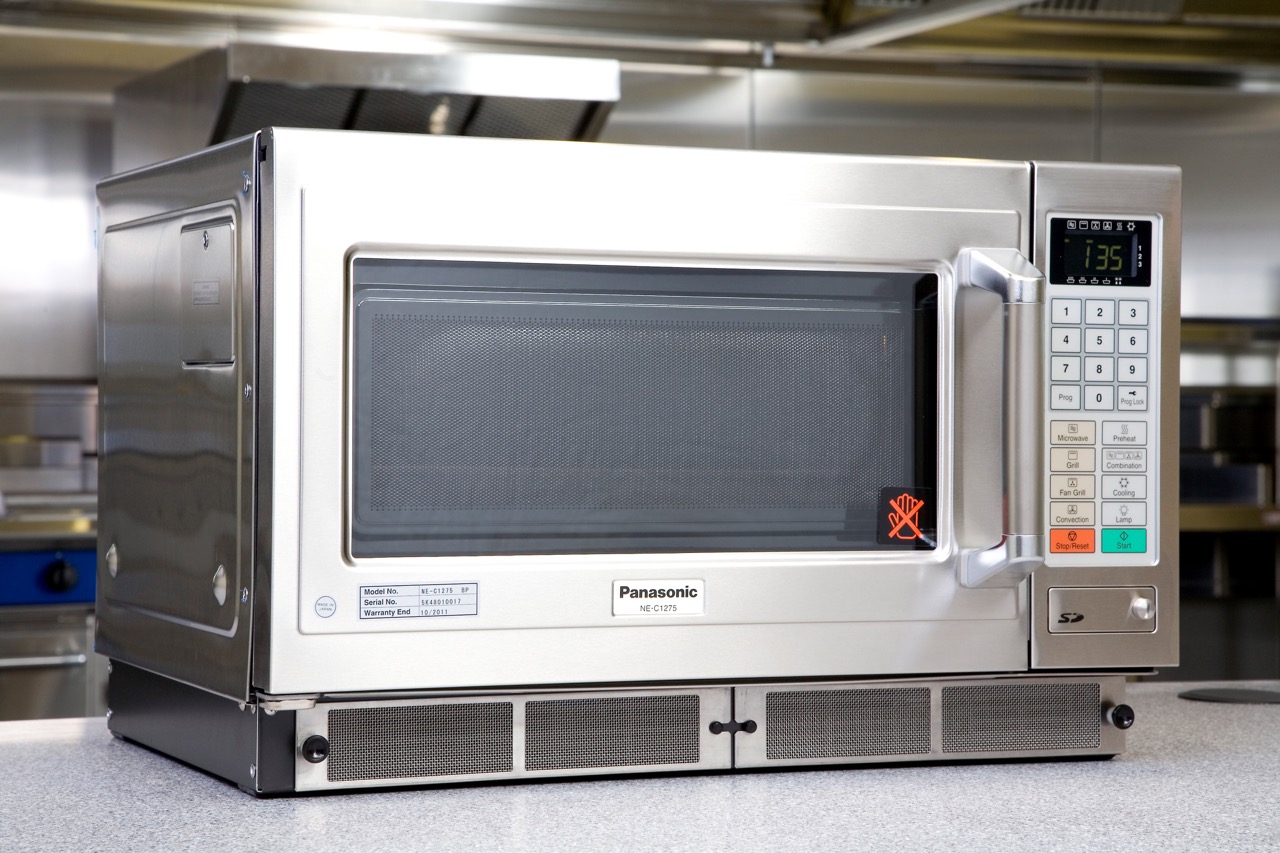
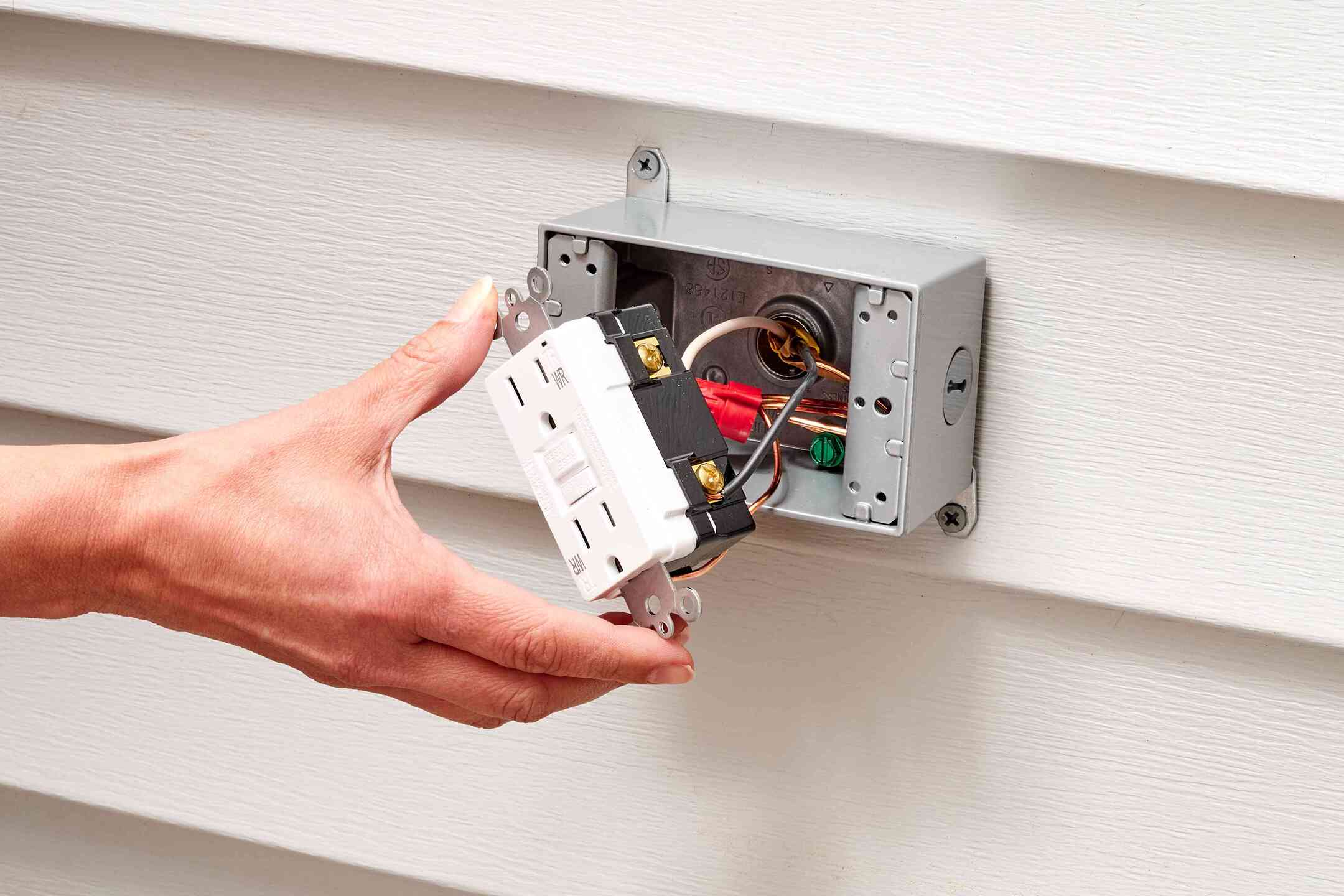


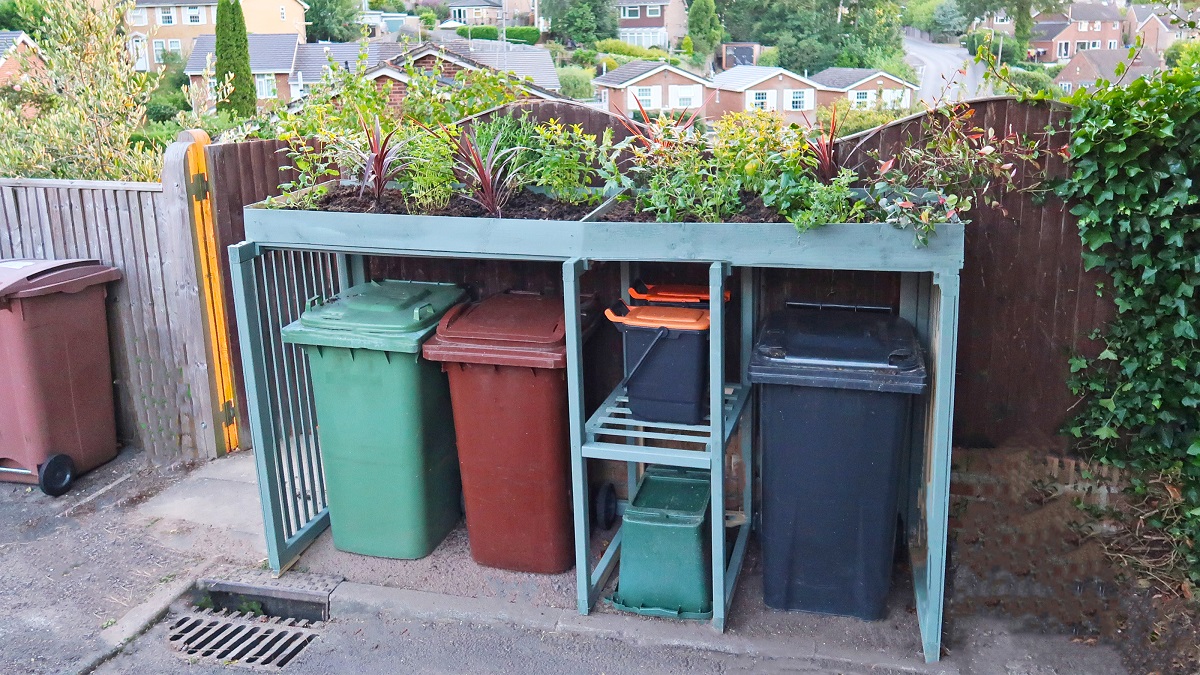
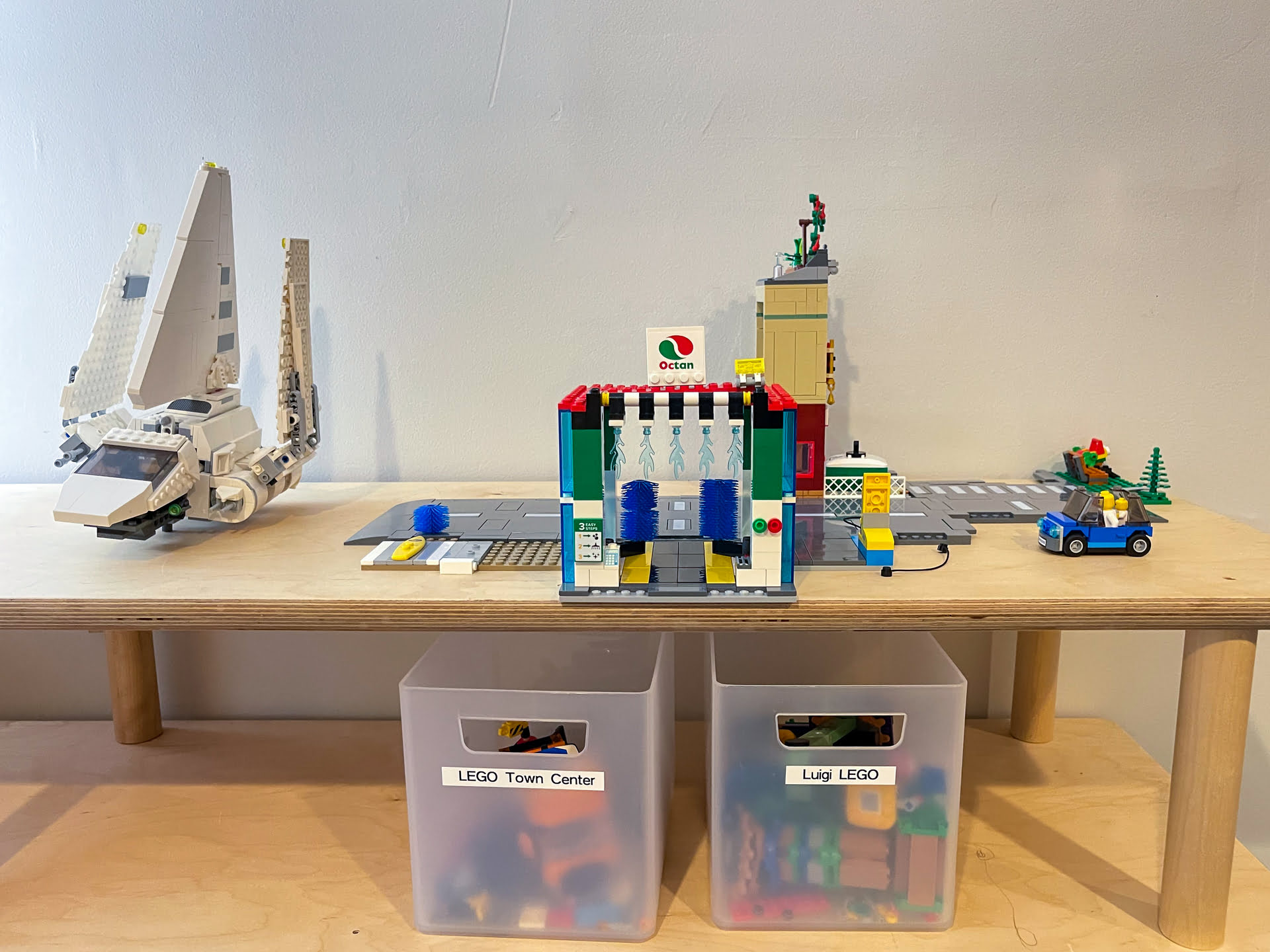


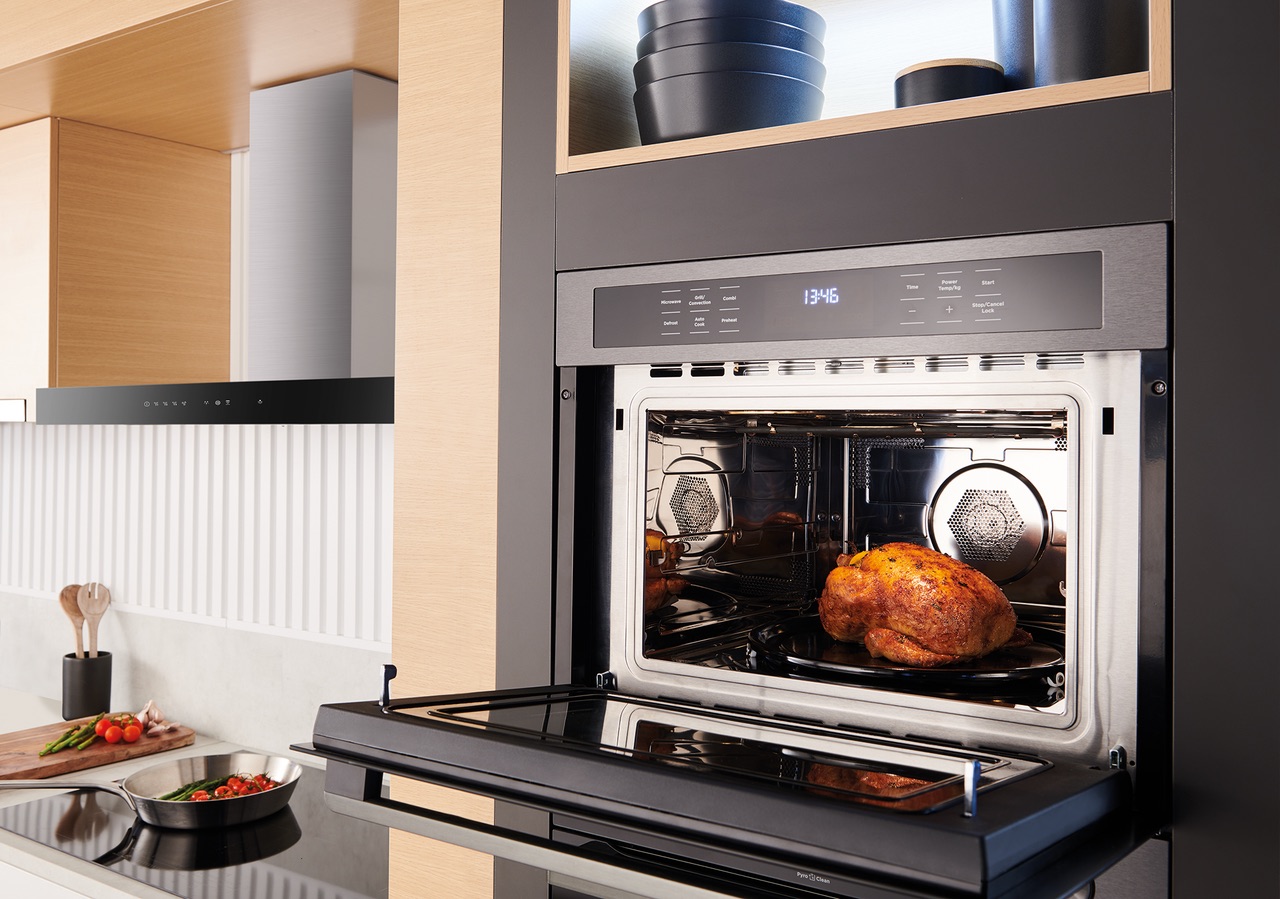


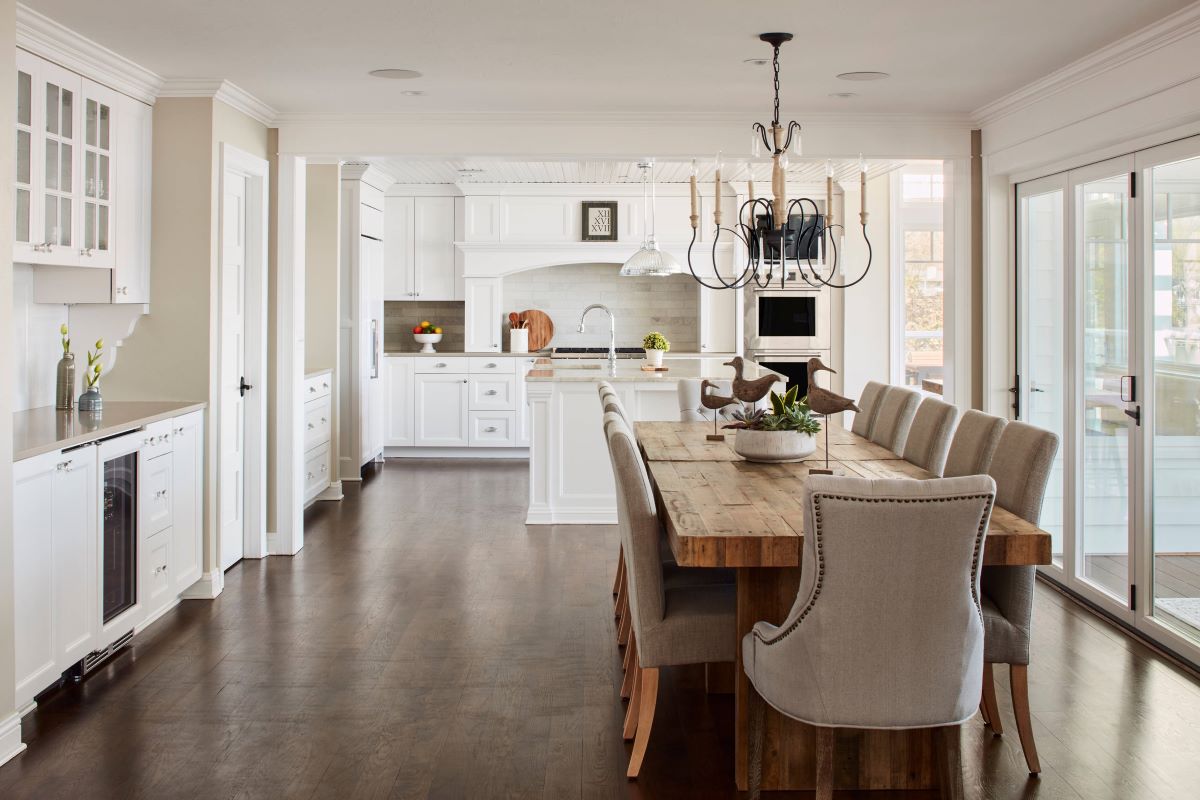
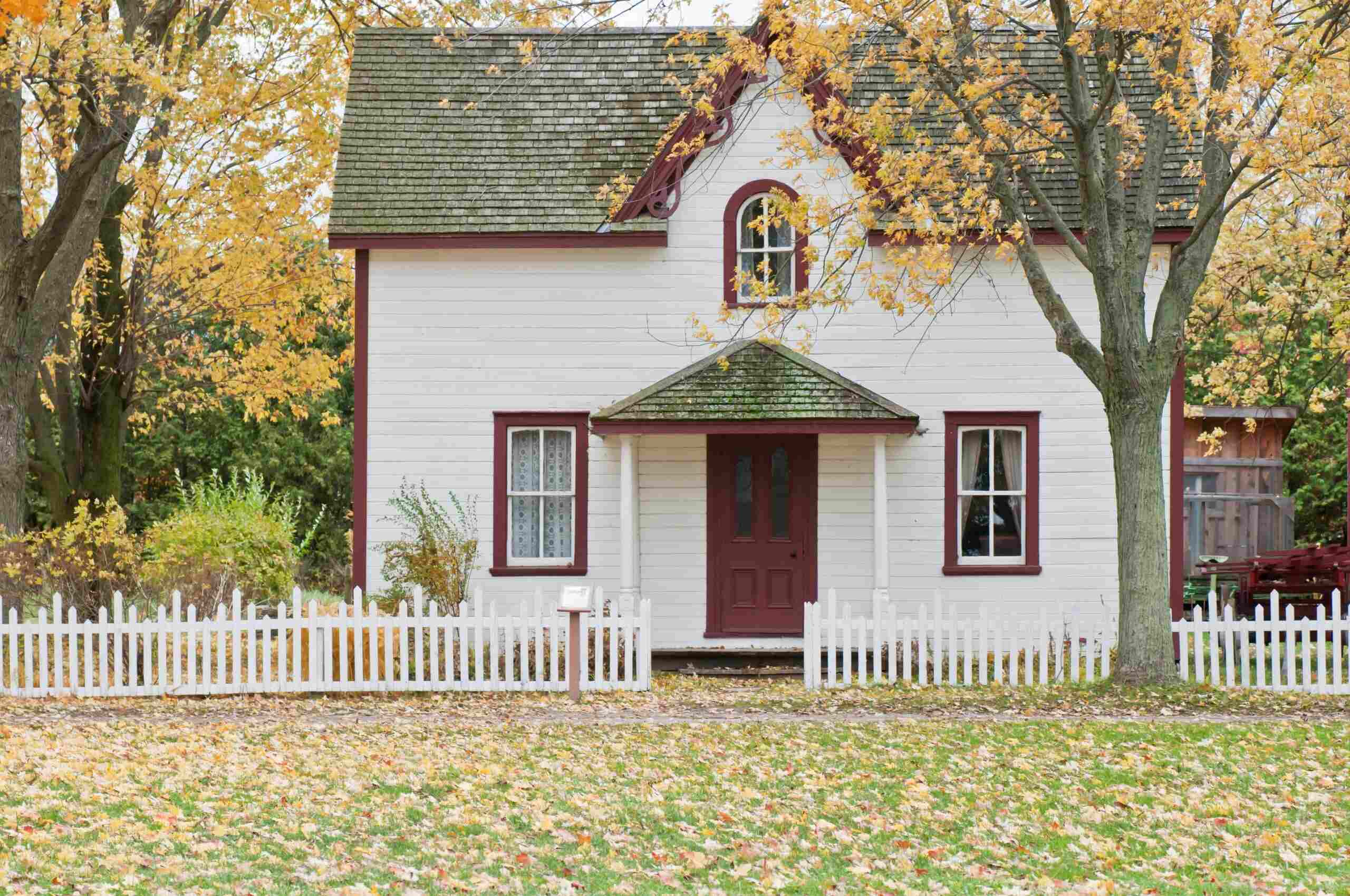

0 thoughts on “A Complete Guide To Combination Switches And Receptacles”